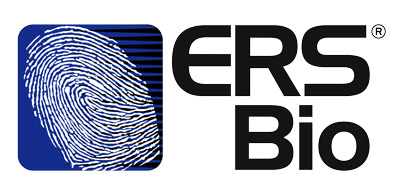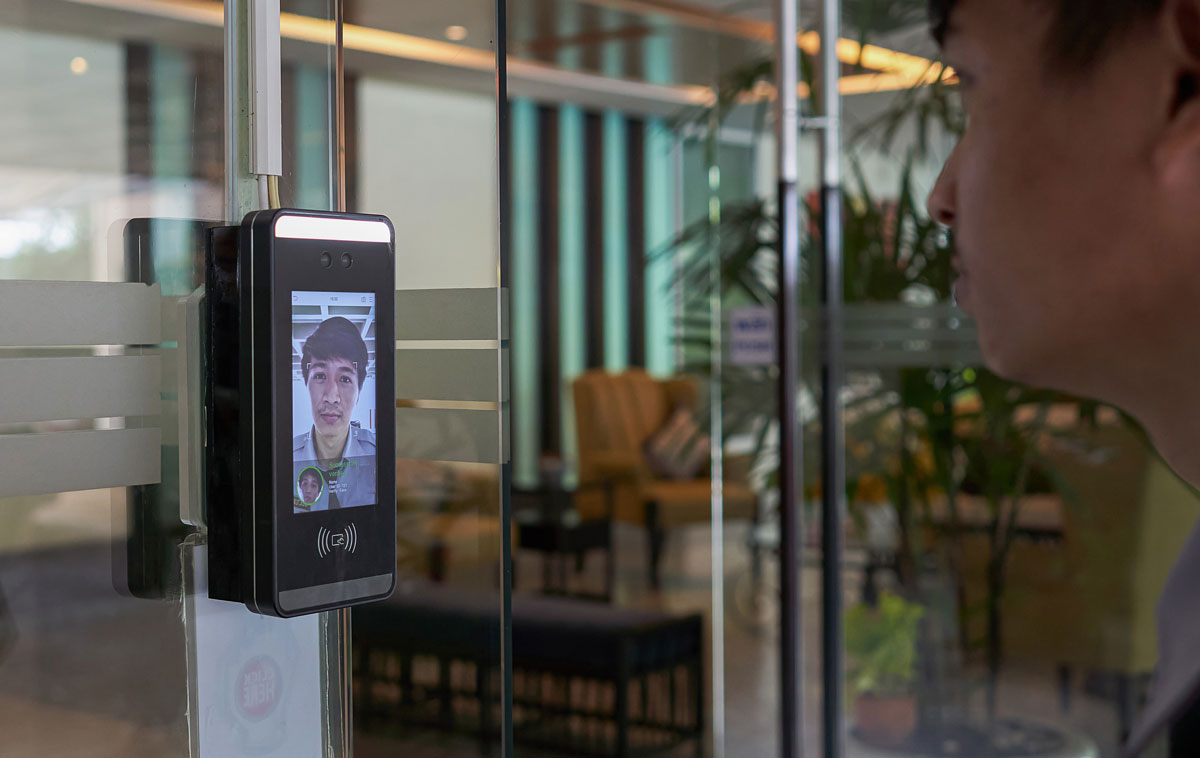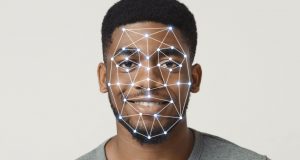Enhancing Business Security: The Role of Biometric Recognition Devices in Access Control
In today’s fast-paced, technology-driven world, safeguarding business premises has become a paramount concern for organizations of all sizes. Traditional security measures such as keys, keycards, and passwords are increasingly being replaced by more sophisticated systems. One of the most promising advancements in this field is the integration of biometric recognition devices with access control hardware. This article delves into how biometric technology can enhance access control systems, thereby bolstering the security of your business.
Understanding Biometric Recognition
Biometric recognition refers to the identification or verification of individuals based on their unique physiological characteristics. Common biometric modalities include:
- Fingerprint Recognition: Analysing the unique patterns found in fingerprints.
- Facial Recognition: Using facial features to identify individuals.
- Iris Recognition: Scanning the unique patterns in the iris of the eye.
- Voice Recognition: Identifying individuals based on vocal attributes.
- Palm and Vein Recognition: Using the unique patterns of veins in the palm.
These methods leverage unique human traits, making it exceedingly difficult for unauthorised individuals to gain access.
Advantages of Biometric Recognition in Access Control
- Enhanced Security
Biometric systems provide a high level of security because they rely on unique physical traits that are extremely difficult to replicate or forge. This makes them far superior to traditional security measures like passwords or keycards, which can be stolen or lost.
- Increased Accountability
With biometric systems, access can be tracked with a high degree of accuracy. Each entry is logged along with the biometric data of the individual, creating a reliable audit trail. This accountability is crucial for identifying breaches and ensuring compliance with regulatory requirements.
- Convenience and Speed
Biometric recognition is quick and user-friendly. Employees can gain access in seconds without the need to fumble for keys or remember complex passwords. This streamlined process reduces wait times and enhances overall efficiency.
- Scalability
Biometric systems can easily be scaled to accommodate businesses of varying sizes. Whether you have a small office or a large facility, biometric technology can be tailored to fit your needs.
Integrating Biometric Devices with Access Control Hardware
Step 1: Assess Your Needs
Before integrating biometric systems, assess your specific security needs. Consider factors such as the size of your facility, the number of employees, the amount of access points and the level of security required for different areas.
Step 2: Choose the Right Biometric Technology
Select a biometric modality that suits your business environment. For instance:
- Fingerprint scanners are suitable for areas requiring quick access.
- Facial recognition systems can offer touchless access, making them ideal for maintaining cleanliness and efficiency in shared spaces.
Step 3: Select Compatible Access Control Hardware
Ensure that the chosen biometric device is compatible with your existing access control hardware. Common components include:
- Electronic Locks: These can be integrated with biometric scanners to restrict access to authorised personnel only.
- Turnstiles, Vehicle Barriers and Gate: These can be integrated with biometric scanner to only open for authorised personnel.
- Card Readers: Some systems combine biometric verification with smart card access for added security.
- Access Control Software: This software manages permissions, logs entries, and integrates with biometric devices for seamless operation.
Step 4: Implement and Test
Once the hardware and software are selected, proceed with the installation. Conduct thorough testing to ensure that all components work harmoniously. Regular audits and updates are necessary to maintain system integrity.
Examples of Real-World Applications of Biometric Access Control
- Corporate Offices
Many corporate offices have adopted biometric access control systems to secure sensitive areas such as server rooms and executive offices. Facial recognition technology is often employed at entry points to ensure that only authorised personnel can access restricted zones.
- Manufacturing Facilities
In manufacturing environments, fingerprint scanners can streamline access for employees while ensuring that only trained individuals can enter hazardous areas. This enhances safety and compliance with regulations.
- Financial Institutions
Banks and financial institutions often use multi-factor authentication, combining biometric recognition with traditional security measures to protect sensitive customer information and assets.
- Healthcare Facilities
In healthcare settings, biometric systems ensure that only authorised medical staff can access patient records and restricted areas, thereby safeguarding patient privacy and complying with regulations.
The ERSBio Solution
ERSBio’s integration of Access Control and Time & Attendance solutions with Access Control Hardware ensures businesses peace of mind. Our Biometric devices integrate with Turnstiles, Vehicle barriers, Doors and more.
All data is also used in calculating staff Time & Attendance, enabling businesses to not only safeguard their premises, but to keep accurate records of staff clocking times, breaks, access points and more.
All data is easily exported into Payroll software, eliminating many manual calculations related to Payroll.
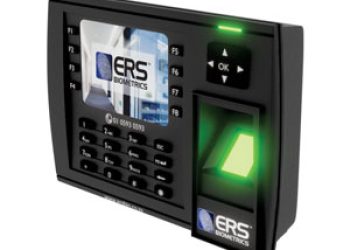
For more info on ERSBio’s Biometric Clocking Hardware, click here.
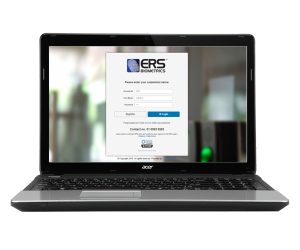
For more on ERSBio’s Time & Attendance Software, click here.
Contact us: sa***@*******co.za l 010 593 0593
